|
In Studio 4, we often try to think of the structures of learning in different ways. One way that we "fit" curricular content in more challenging and engaging ways is through workshops and inquiry groups.
Math Lens - Workshops and Independence Math content is probably one of the easiest ways to show an example. Many units unfold in different ways, but agency and goal setting is always at the heart, and having digital tools support this is invaluable. I will use our current measurement unit as an example. This is only the way I ran it with my students in my homeroom class. My colleagues used the same resources and ran a very similar structure that worked for them. I know they did not all run it exactly the way I did, because their students (and themselves as a teacher) are different and have different needs. Basically, at the beginning of the unit we will of course pre-assess prior knowledge and understanding. What math concepts can they do, and where are their areas for growth? Then I took a week and a half and taught all 8 standards back to back. Very fast paced, and I explained my why to the students. We only did the teaching/acquisition of knowledge portion, and a few shared examples. No independent work was required, however, the students did have access to slides with independent work on them if they wanted to/had the time. After each "knowledge" lesson, students self-assessed whether they felt red, yellow, or green about the standard. Green meaning they already knew it all and could already teach a lesson on it. Probably needless to say, the majority were in yellow for every standard. During these lessons we also completed at least one shared example together on an A3 measurement placemat I made, so they had some notes and examples available to them.
Ever since then, I have ran 3 workshops per week, and the students need to attend at least one. They also need to complete all Google Slides activities for at least one standard in the week, based on their self-assessment of their understanding (more about these slides later). As they feel more confident they can more their names on the large self-assessment wall for each standard. Throughout the week the students are also expected to work through the opposite side of the math place mat, proving to me that they can solve questions for each standard. As they complete a column, I will mark it for them. If they cannot prove it, they need to work on that standard.
When this unit ends we will do a post-assessment, which is still in the works. As we are trying to infuse more fun into our lives at the moment, it is an integrated project type assessment about planning a trip. Hopefully this will be a little more real-world and enjoyable than sitting down and writing a test!
Shout out to my Studio 4 team for all working on the above slides together, from a template from slidesgo.com
Without technology, I do not think much of this would be possible. Or... at least... it would take a lot more work, and waste a lot more paper. Students continually have access to math slides for each standard that have knowledge, shared examples we already have done, and independent work set at "one chili, two chili, and three chili" levels (shout out to Justin Ouellette for putting these together). They also include a reflection slide which they post to Seesaw. They have access to websites like Brainpop, Khan Academy, and Freckle to help them review concepts and give additional examples of work. All of this plus the regular teacher-led workshops, both for acquisition of knowledge as well as consolidation.
UOI Lens - Inquiry Groups In our units of inquiry, we create inquiry groups. I believe I have explained these before, but basically inquiry groups give space for students to explore their own interests within the unit. Because we have around 100 students and 5-6 teachers, we are capable of doing this. We offer 5 or 6 different inquiry group strands/courses/related concepts students can choose from to narrow down the unit of inquiry a little bit for them. Often we will actually offer more than we will offer, and then run the top 5 or 6... or even sometimes two groups of the same concept, based on student interest. Hopefully, this makes for more meaningful learning for the students and also hopefully creates an environment where all students are able to learn more productively because they are learning things they chose, based on their interests. However, I think we could still do a better job at involving them in the design process of the unit and reaching beyond our school walls to enrich (deepen?) the learning. Questions I have/Things I am thinking about... - How can we, as a Studio, raise the bar to ensure these tasks are deep learning tasks? - Would those "deep learning tasks" happen throughout the whole unit, or just at the beginning and/or end, to show student progress and understanding? - How can the PYP Document "Personal Inquiries in the PYP" support these theories of deep learning? Can our units of inquiry reflect these more authentically? - How can we stretch beyond our classroom? ISTE's "Global Citizen" strand for students is definitely one that I have been thinking more and more about lately.
1 Comment
Andrea Goodrich
11/29/2020 02:07:04 am
Hi Cindy,
Reply
Your comment will be posted after it is approved.
Leave a Reply. |
Cindy KaardalThis blog page is specifically for my COETAIL blog posts. Archives
April 2021
Categories
All
|
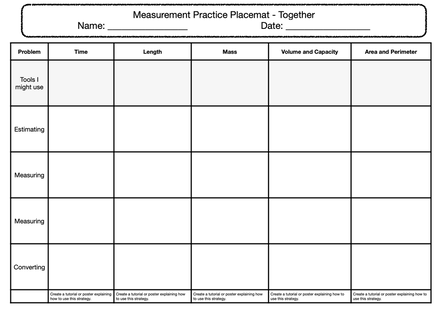
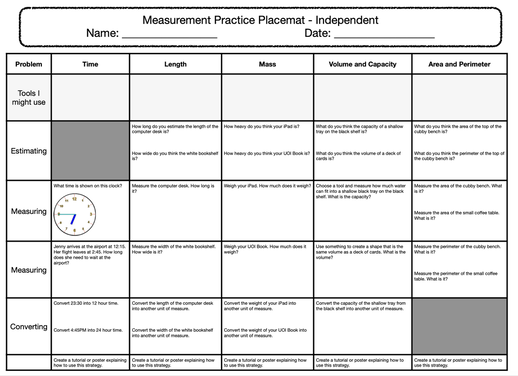
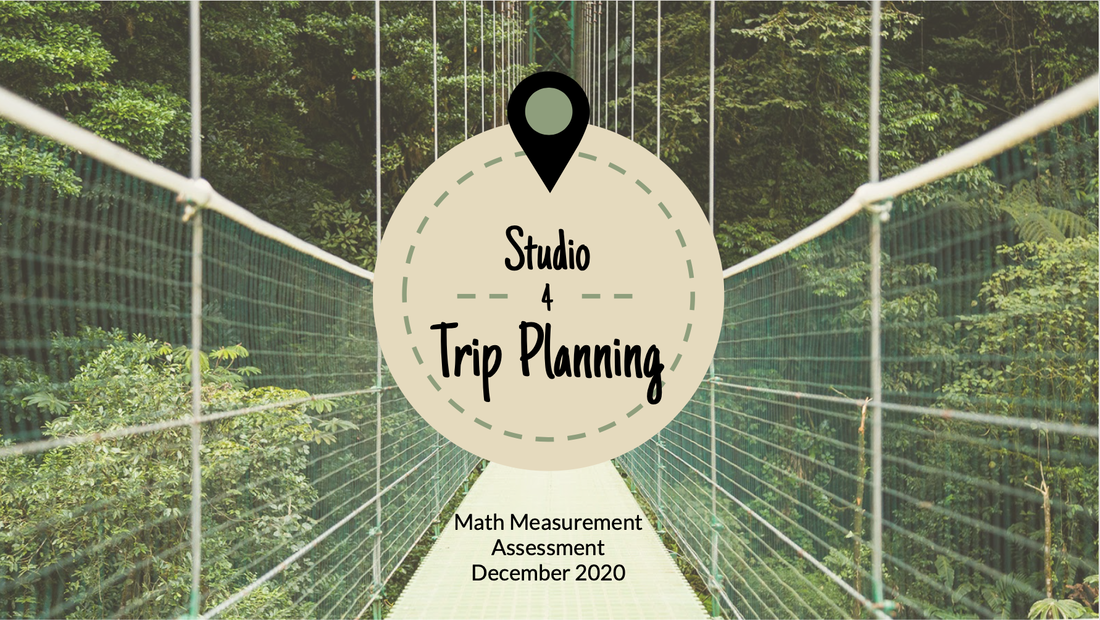
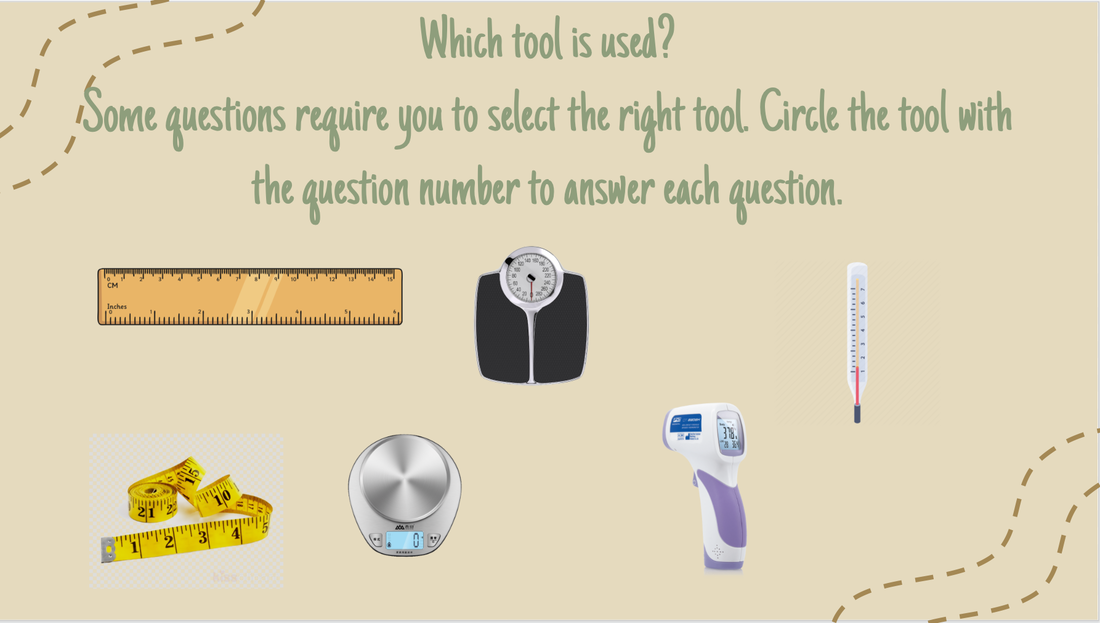
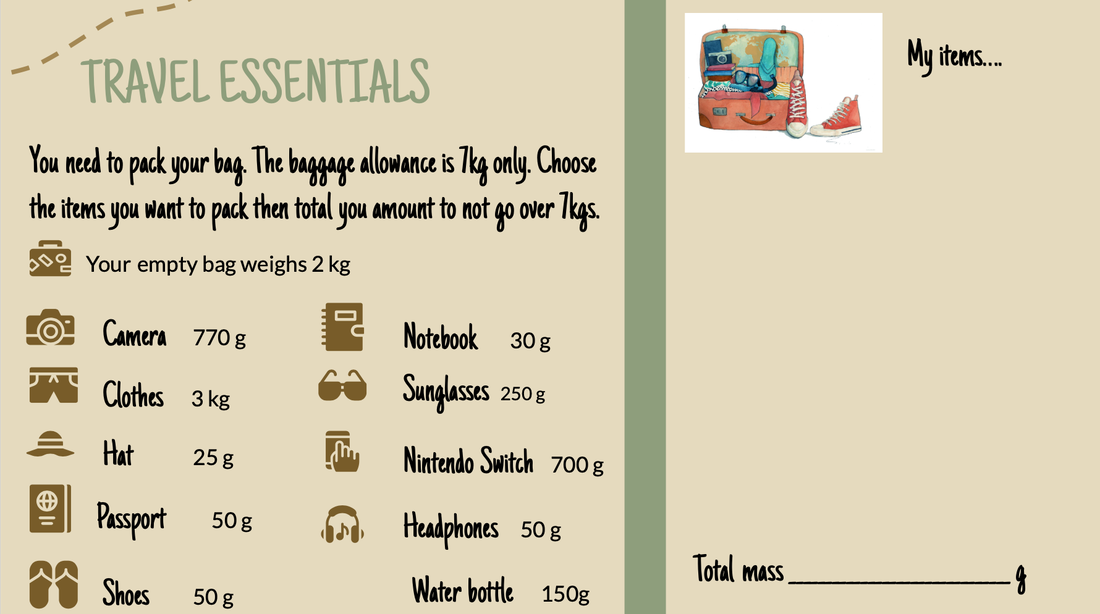
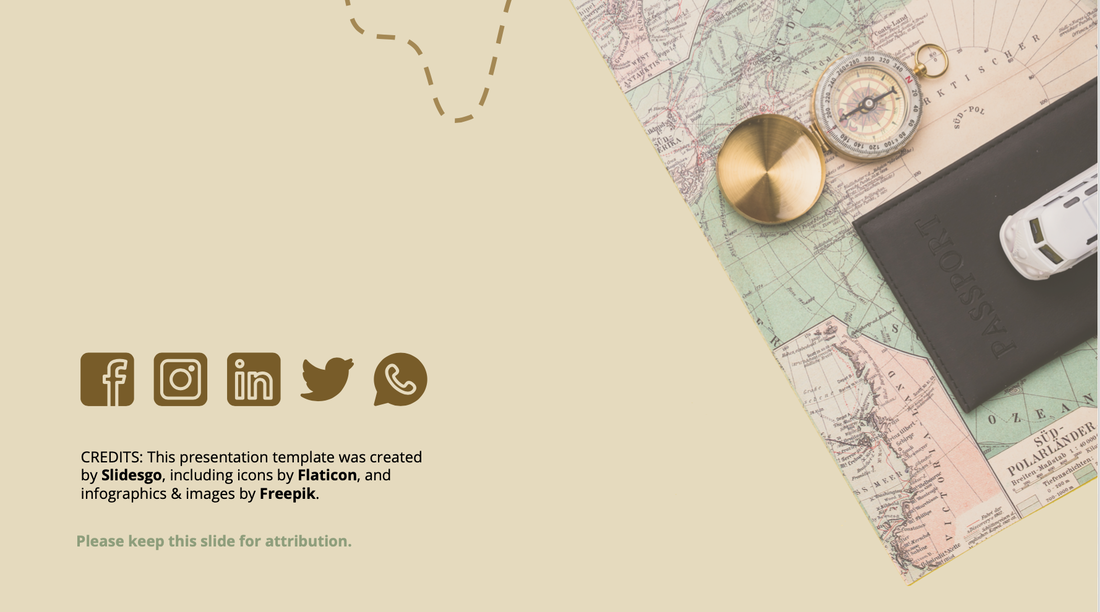
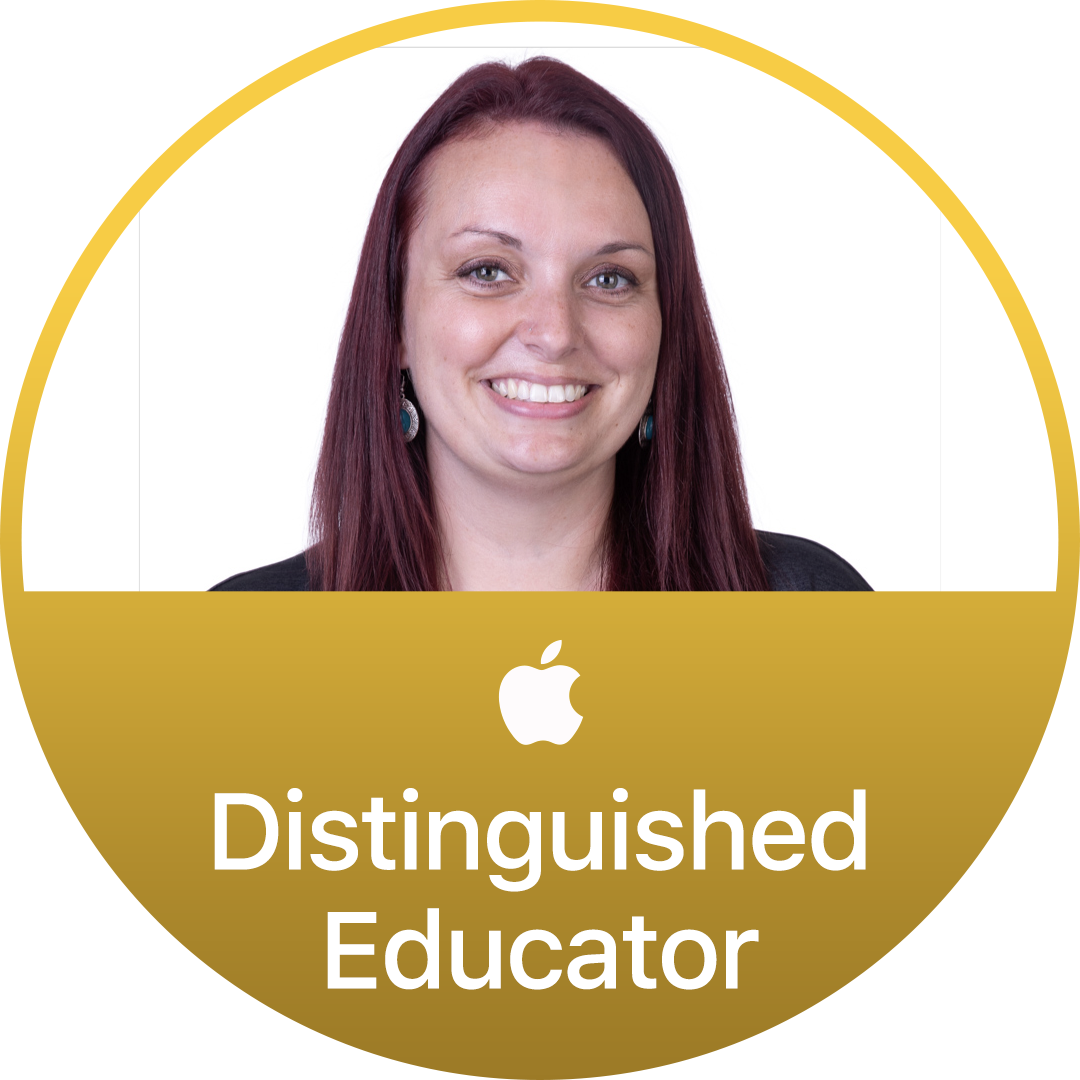
 RSS Feed
RSS Feed